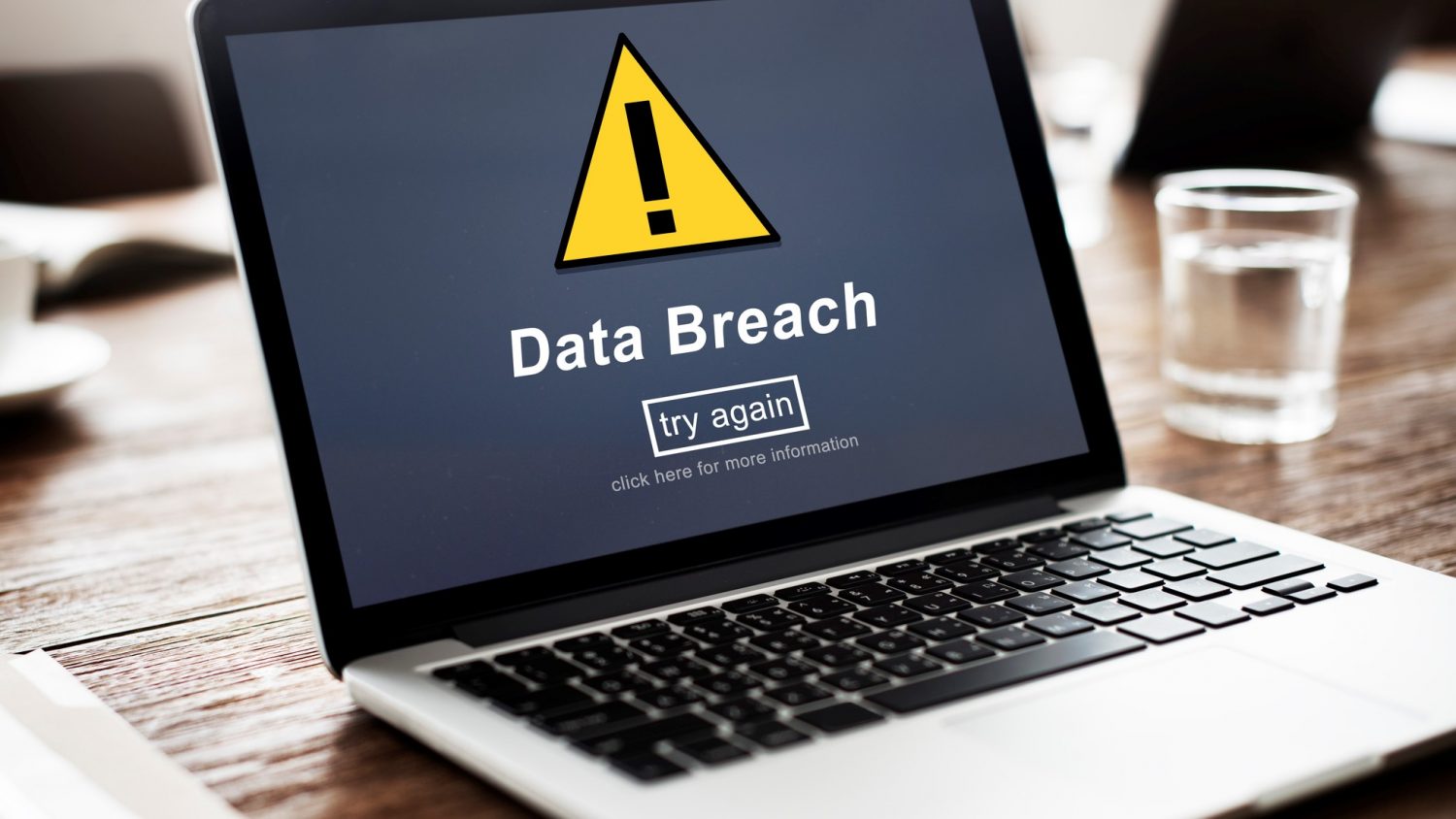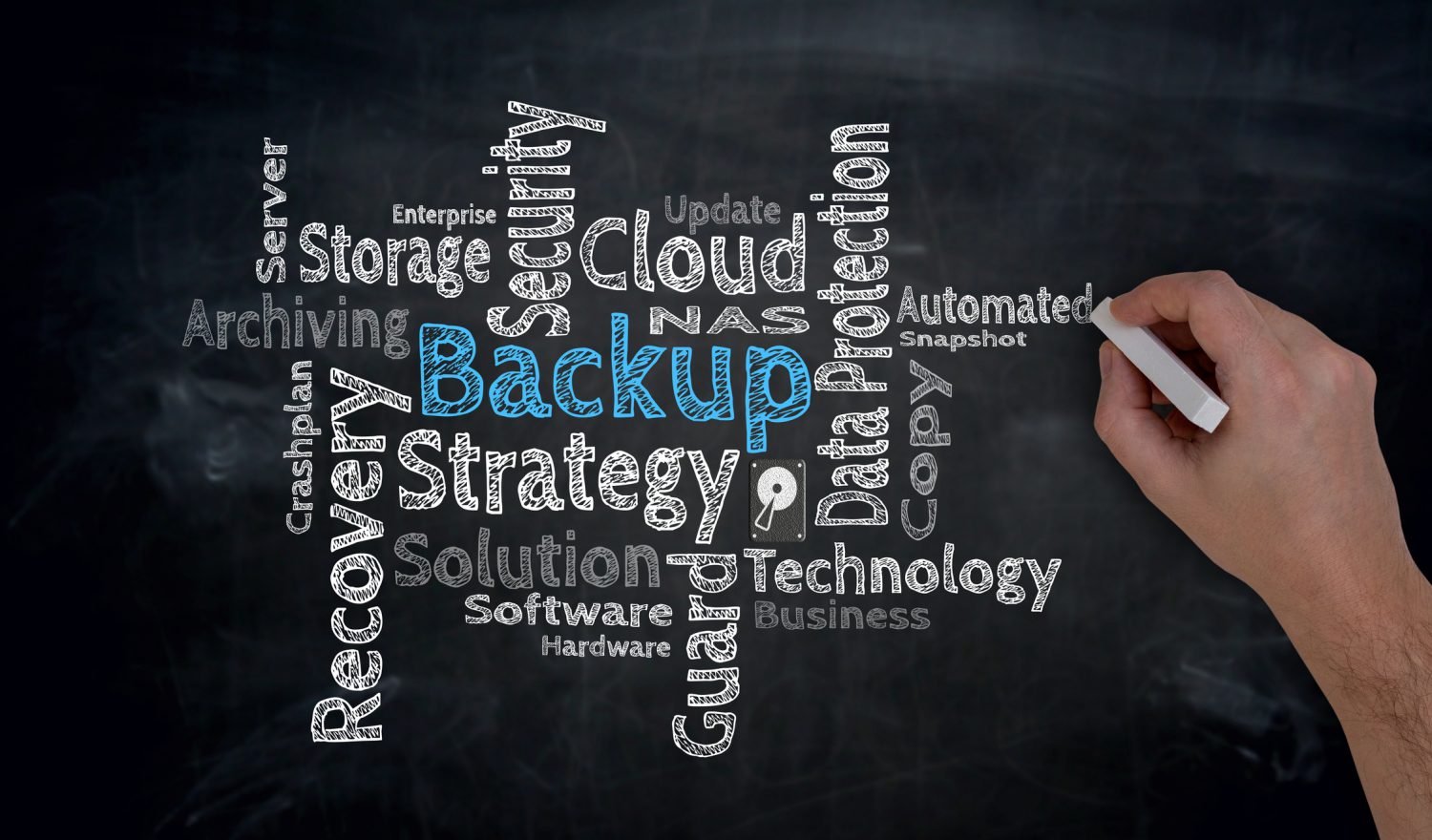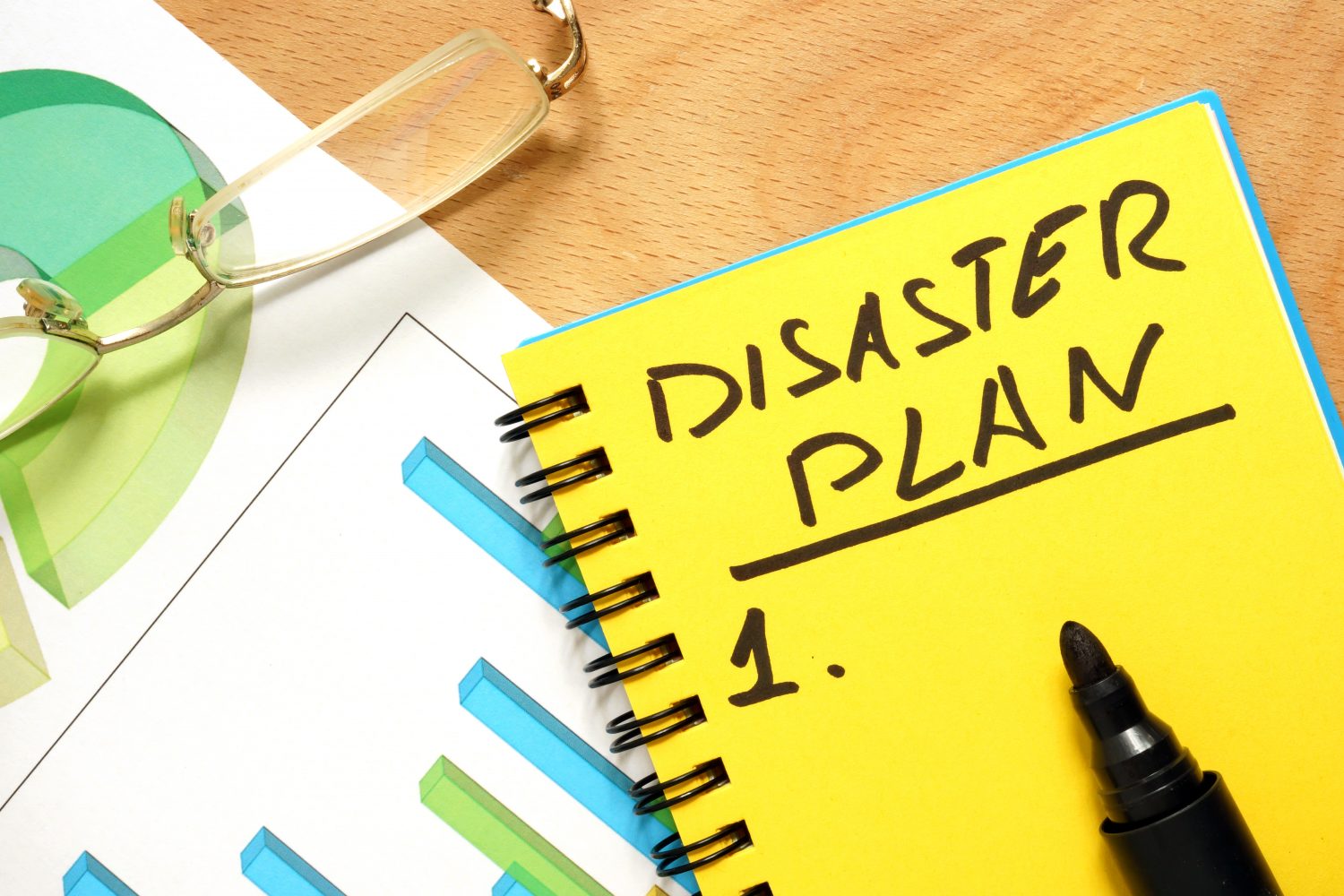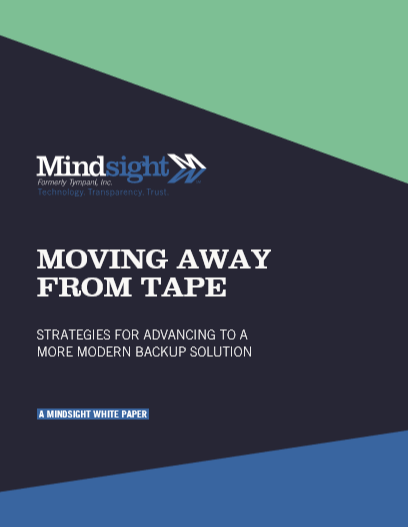January 9, 2019 by Siobhan Climer
2018 was rife with disasters affecting the technology industry. From serious security breaches affecting billions of users to the hurricanes and fires that spread across both U.S. coasts, disasters – both man-made and natural – left their mark on the business world. Unfortunately, many businesses fail to develop and maintain disaster recovery policies, leaving them vulnerable to the worst effects of disaster strikes.
 Even the biggest tech giants – Facebook, Google, Apple, and Microsoft – suffered enormously visible disasters. And SMBs are at even greater risk. Though a flooded data center or insecure database may seem smaller than massive data security failures or failed software updates, these disasters can take a burgeoning business to the brink of bankruptcy.
Even the biggest tech giants – Facebook, Google, Apple, and Microsoft – suffered enormously visible disasters. And SMBs are at even greater risk. Though a flooded data center or insecure database may seem smaller than massive data security failures or failed software updates, these disasters can take a burgeoning business to the brink of bankruptcy.
Planning for disaster recovery in 2019 will be essential for those organizations that seek to be proactive, not reactive. Putting a plan together can mitigate even the most perilous of catastrophes, ensuring business continuity and success for years to come.
How To Begin Developing Your Disaster Recovery Plan
When creating a disaster recovery plan in 2019, the first step is to take stock of where you are today. Using a technology roadmap assessment can help you determine where your business continuity practices (and protocols) currently reside. Coalescing this information gives you a current state picture. Check out our Ultimate Guide To Creating A Technology Roadmap for more information.
Next, you need to understand how your business goals align to probable risks. How vital is it to your mission and message that you have constant uptime or zero data breaches?
For example, if you are a retailer that guarantees next-day shipping and a disaster takes down your shipping software, how will that impact your brand? Your customers? Or, if you are a school district relying on the network for communications and it fails, will that affect community relationships? Student safety? A technology assessment helps you put these pieces together and develop strategic objectives.
Disaster experts can help you comb through the risks and outcomes to organize these into a disaster recovery plan. Once you know what matters most – and why – you can create functional follow-up protocols and steps for team members to follow. Knowing what to do can sometimes be just as important as doing it.
Identify Your Disaster Recovery Response Team
Knowing who does what is also essential. In disaster events, communications with the team and with outside sources – such as media or shareholders – are important for managing reactions, behaviors, and emotional context. If two different individuals on a response team give two different answers about what happened or where things stand, that will cause confusion and conjecture.
One of the most important aspects of your disaster recovery plan should be identifying the response team. Determine roles, responsibilities, response times and methods, communication protocols, leadership, and required equipment or materials. If you prep for the event, you will know exactly what needs to happen to achieve the best outcomes.
Backup, Testing, And Maintenance
 Critical insights from disaster recovery experts:
Critical insights from disaster recovery experts:
- Backup your backups.
- Test. Test. Test. Test. Test. Test. Test. Test.
- Do it again.
Digging a little deeper, some IT departments hold the false assumption that if they have backups, everything will be dandy. The problem is that no backup plan is foolproof. Some disasters can take out backup servers or alternative data center sites. Ensure you have multiple backups and a robust backup policy.
And then test it. And then test it some more. In fact, you probably can’t test it enough. The people, processes, and technology around your backup and disaster recovery policy will change, and every change should initiate a new verification process. Testing is vital to ensure no gaps exist, and that if they do, they are filled. Planned and unplanned drills help build confidence in the system and the roles held by the response team.
As the elements around your business change, so, too, should your disaster recovery plan. Implementing a change control process is vital to documenting and enforcing any changes as they crop up. The team should meet at least once every six months to assess your disaster recovery policy and keep it up to date.
Disaster Recovery In 2019: What To Expect
Experts agree that the risk of cyber attacks and natural disaster events will likely increase in 2019. These risks will spread to encompass SMBs, townships, community organizations, and enterprise organizations. Ensure your business has peace of mind in the year to come by working with disaster experts to develop a strategic backup and disaster recovery plan.
Want to know more about strategic backup procedures? Read Moving Away From Tape: Strategies For Advancing To A More Modern Backup Solution to learn what matters in a backup solution.
Like what you read?
Contact us today to discuss your disaster recovery plan for 2019.
About Mindsight
Mindsight, a Chicago IT services provider, is an extension of your team. Our culture is built on transparency and trust, and our team is made up of extraordinary people – the kinds of people you would hire. We have one of the largest expert-level engineering teams delivering the full spectrum of IT services and solutions, from cloud to infrastructure, collaboration to contact center. Our highly-certified engineers and process-oriented excellence have certainly been key to our success. But what really sets us apart is our straightforward and honest approach to every conversation, whether it is for an emerging business or global enterprise. Our customers rely on our thought leadership, responsiveness, and dedication to solving their toughest technology challenges.
Contact us at GoMindsight.com.
About The Author
Siobhan Climer, Science and Technology Writer for Mindsight, writes about technology trends in education, healthcare, and business. She previously taught STEM programs in elementary classrooms and museums, and writes extensively about cybersecurity, disaster recovery, cloud services, backups, data storage, network infrastructure, and the contact center. When she’s not writing tech, she’s writing fantasy, gardening, and exploring the world with her twin two-year old daughters. Find her on twitter @techtalksio.
Getting the Best Value for the Lowest Cost with Your Disaster Recovery Plan



